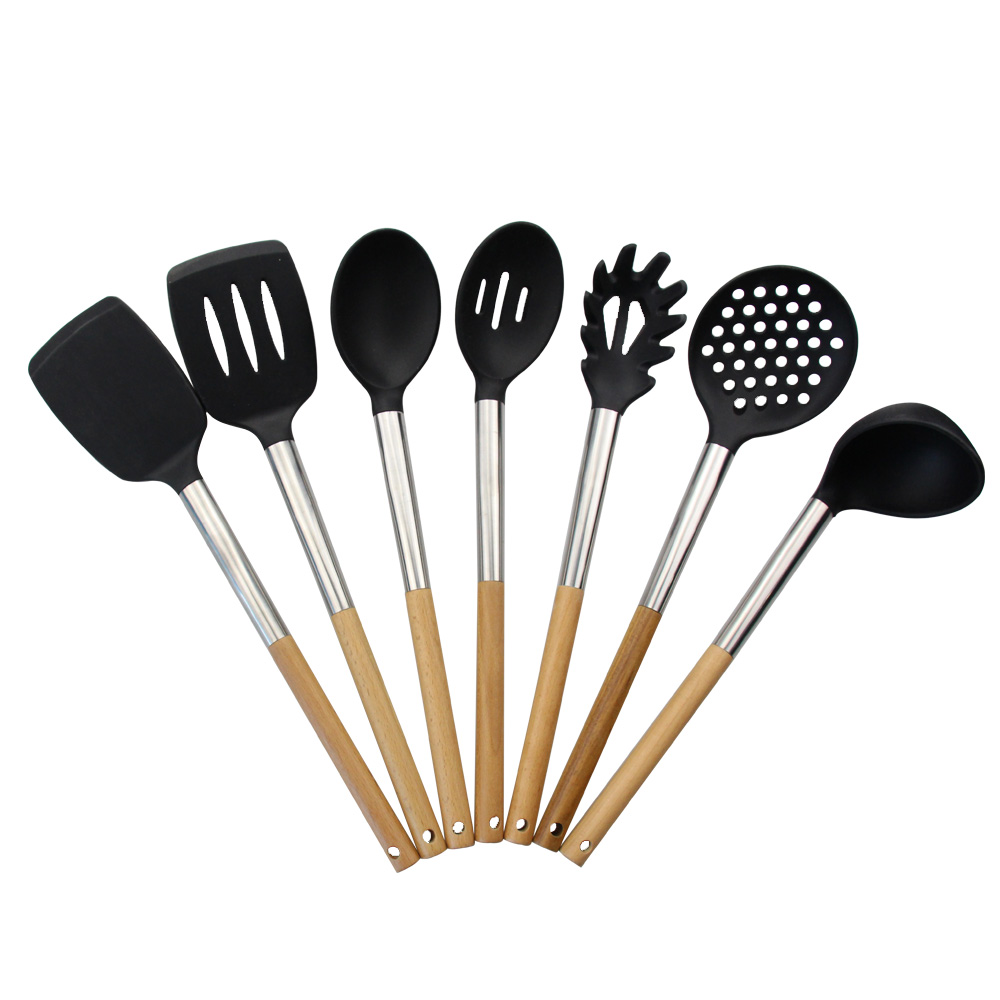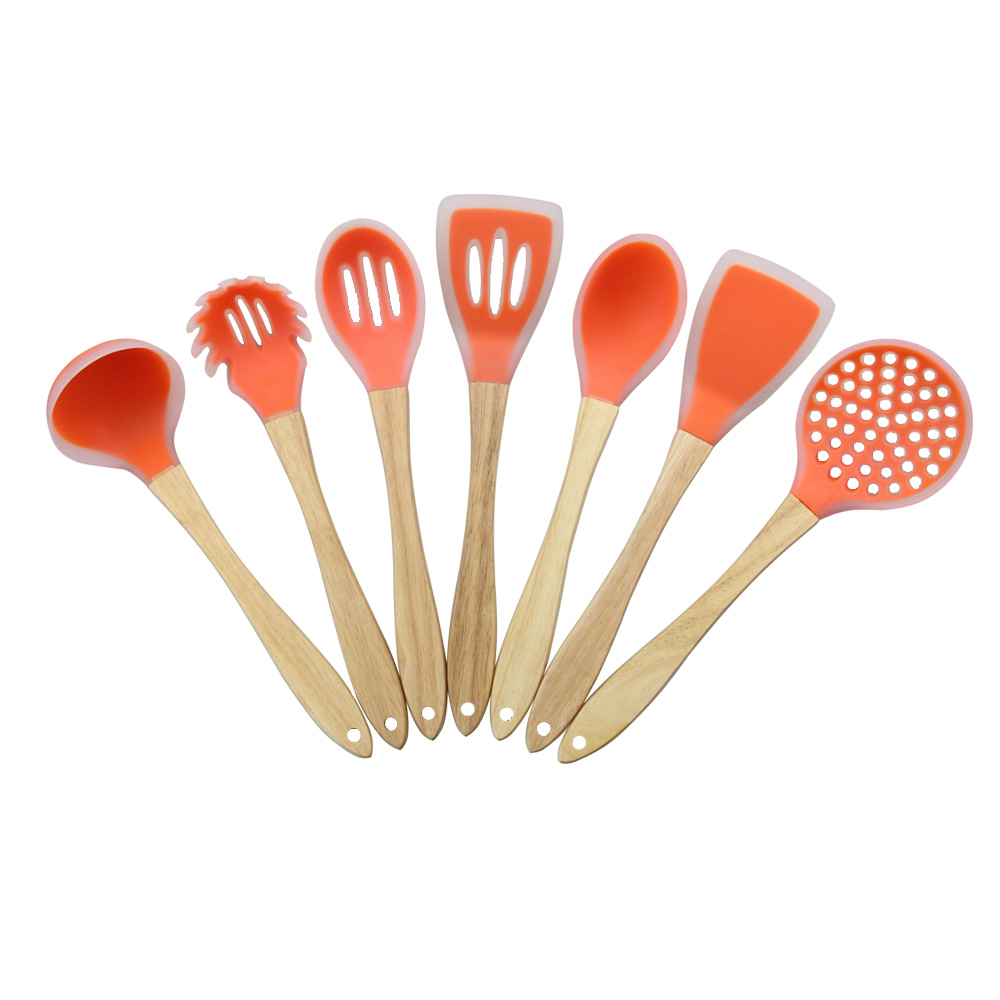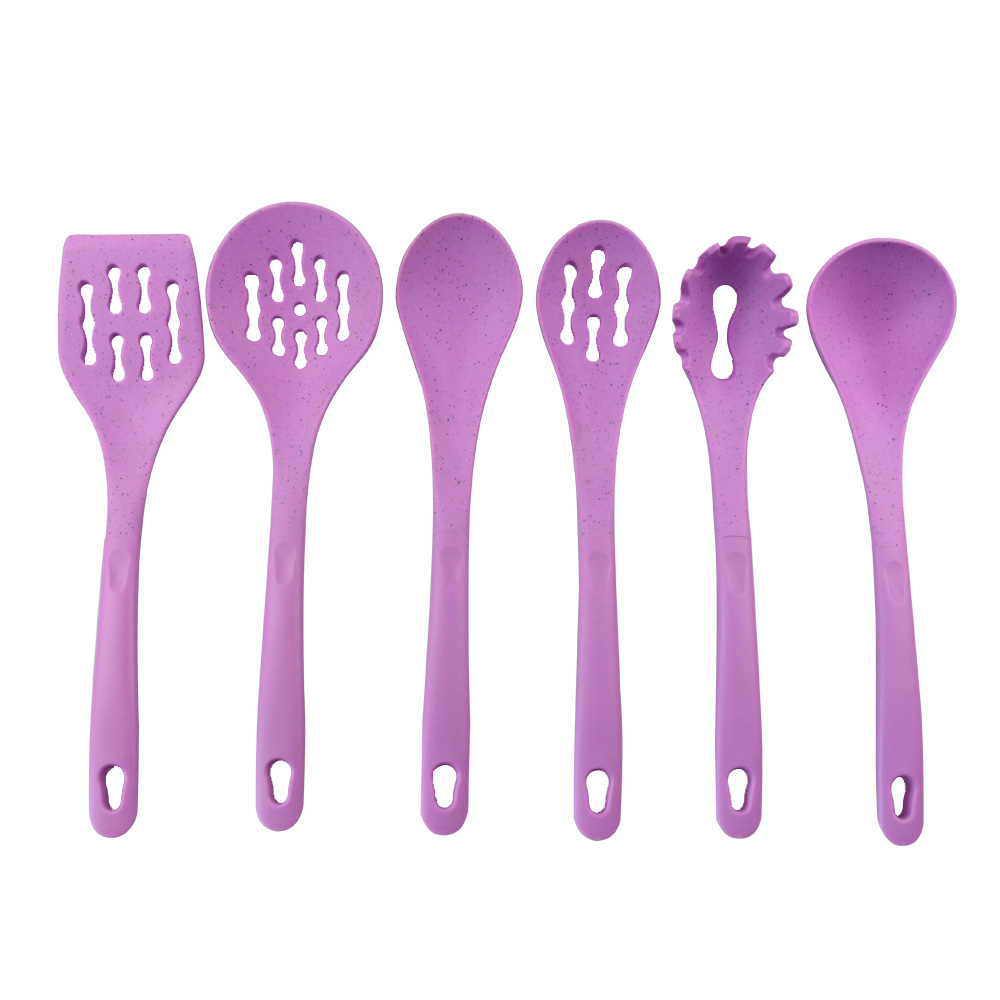1, five not paved (1) The ground is not dry (wet), uneven, and not constructed; (2) Cross-construction work at the construction site, no construction; (3) Do not use inferior quality, pollution, moisture, decaying materials, accessories, etc.; (4) The construction period is too short to implement the process and not to be constructed; (5) The user requires absolute level and does not construct. 2, the base level processing (1) The base level is required to be flat, dry and clean. If there is a bump, use a blade to level it. If there is a small area slope or a recess in the flat, use a gypsum adhesive to mix with 30% of the coarse sand, and then dry it to remove the surface ash or other impurities. Strive to be level, not to be clean. The flatness of the base layer is required to be high, and should be less than 5mm/m2 (the national standard is less than 3mm/m2), otherwise the floor will not reach the standard after laying. (2) If it is laid on the ground floor or bungalow of a building, it must be waterproofed. The method includes: applying a waterproof coating on the surface or laying an agricultural film. When laying out the bottom with an agricultural film, a two-layer laying method is employed. That is, when the first layer is laid, the film and the film are overlapped by 20cm respectively, and when the second layer is laid on the first layer of film, the seam is staggered, and the wall edge is also upturned by 5-6cm (below the skirting board) ). 3, cushion laying material (1) Foam pad: a foam pad with a plastic film thickness of 2-3 mm, butt laying, interface sealing. (2) Paving treasure: thickness 6-20mm. Generally choose 10-12mm thick, butt laying, interface rubber seal. (3) High-quality multi-layer plywood: thickness 9-18mm. Generally choose 12mm thick. Each multi-layer plywood should be equally divided, the area should be less than 0.7m2, it is best to use paint to prevent corrosion, then use the electric hammer and expansion screw to fix the ground to the ground, the nail must be firmly fixed around, and the gap between the board and the board should be 3-6mm. , sealed with tape. 4, floor covering (1) The orientation of the installed floor is usually the same as the direction in which the room travels. It is laid out from left to right or from right to left, and the groove is placed in the wall. The wooden raft is placed between the floor and the wall. All must be removed when the work is completed), leaving enough expansion joints. In dry areas, the floor is wet, and the expansion joints should be small; in wet areas, the expansion joints should be large. Pull the wire to check the flatness of the floor, and check it with the shop. During the trial shop, the height difference and gap of the board surface should be observed and adjusted at any time. After inspection, the glue can be installed. Generally, it is laid on the side of 2-3 rows. A small amount of D3 or water-free environmental protection glue can be fixed on the back of the floor. The rest of the middle part is completely matched by the groove, without applying glue. (2) The last row of floors should be cut, smeared by measuring its width, and tightly tied with a hook or a spiral top. (3) In some particularly humid areas such as East China, South China and Central South, the moisture content of the floor should be tested. If the floor is too low, the floor and the floor should not be placed too tightly under normal conditions. In the northeast, northwest and north China, it is generally better to lay between the floors. 5, the interface bridge installation In the interface between the room, the hall and the hall, the floor must be partitioned, leaving the expansion joints, and connecting with the closing bar and the hardware bridge. The advantage of such laying is that the floor consumption can be reduced, the floor can be laid dense, not easily deformed, and convenient for maintenance. The door and the ground should be kept at a distance of 3-5mm so that the door can be opened and closed freely. 6, skirting board installation The thickness of the optional skirting board should be greater than 1.5cm. During the installation, the floor expansion joint gap is within 8-12mm, and the polystyrene board or elastomer is used to fill in the gap to prevent the floor from loosening. Install the skirting board and be sure to cover the expansion joint. If the wall or foundation is not flat, the gap is expected, please decorate the wall to make up the seam. 7, maintenance (1) After paving, at least 12 hours must not be allowed to walk on the floor, so that there is enough time for the floor glue to bond. (2) It is recommended to add waterproof rubber to isolate the bathroom, kitchen and floor joints.
Our utensil set is perfect for cooking, baking, serving, grilling, ect. Meet all your need in the kitchen!
PREMIUM QUALITY - Made of 100% FDA Approved, Quality Food-Grade Silicone is BPA , PVC FREE. Won`t chip, warp or melt like your old plastic Kitchen Utensils or bamboo kitchen utensils.
Designed For Utility & Ease of Use - Made to make your life in the kitchen easier, these wonderful utensils all feature heat-resistant, ergonomically shaped and comfortable non-slip grip handles.
Silicone Kitchen Utensils Silicone Cookware Set,Silicone Kitchen Cookware,Silicone Cooks Tools Cookware,Cool Silicone Kitchen Tools YANGJIANG TOALLWIN TRADING CO., LTD , https://www.kitchenknife.de
CLEAN WITH EASE - Our non-stick silicone utensil set is easy to clean uder the water or dishwasher safe.


